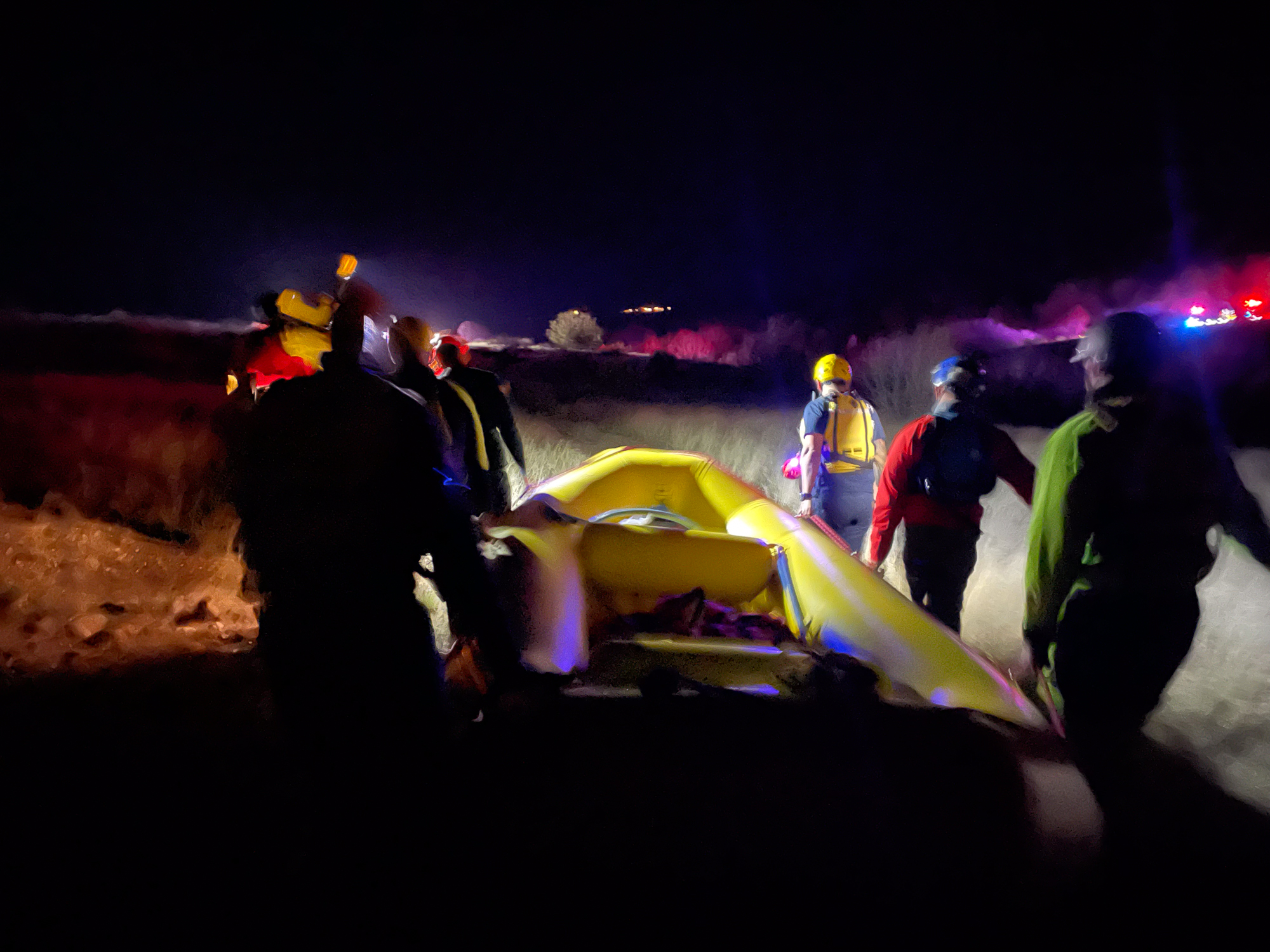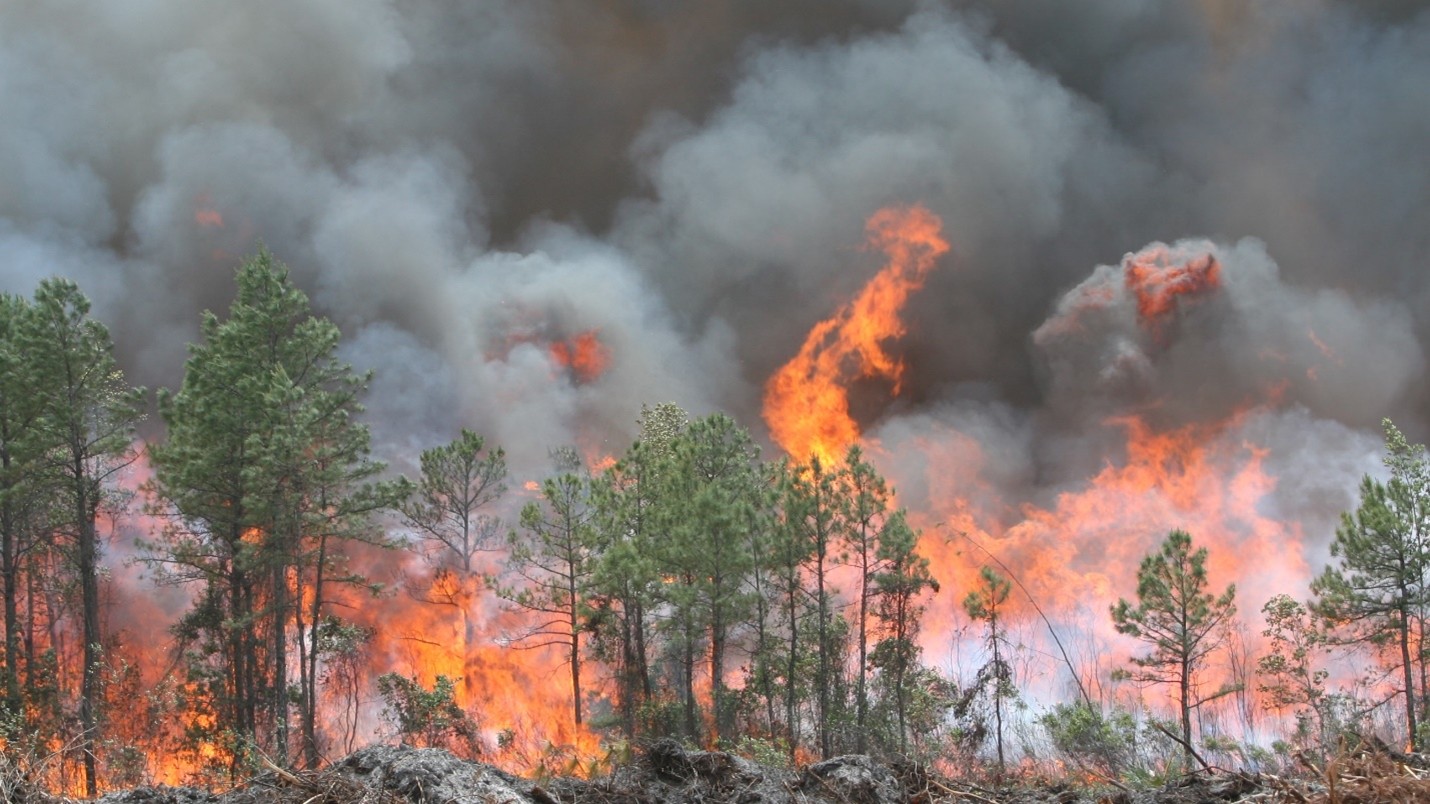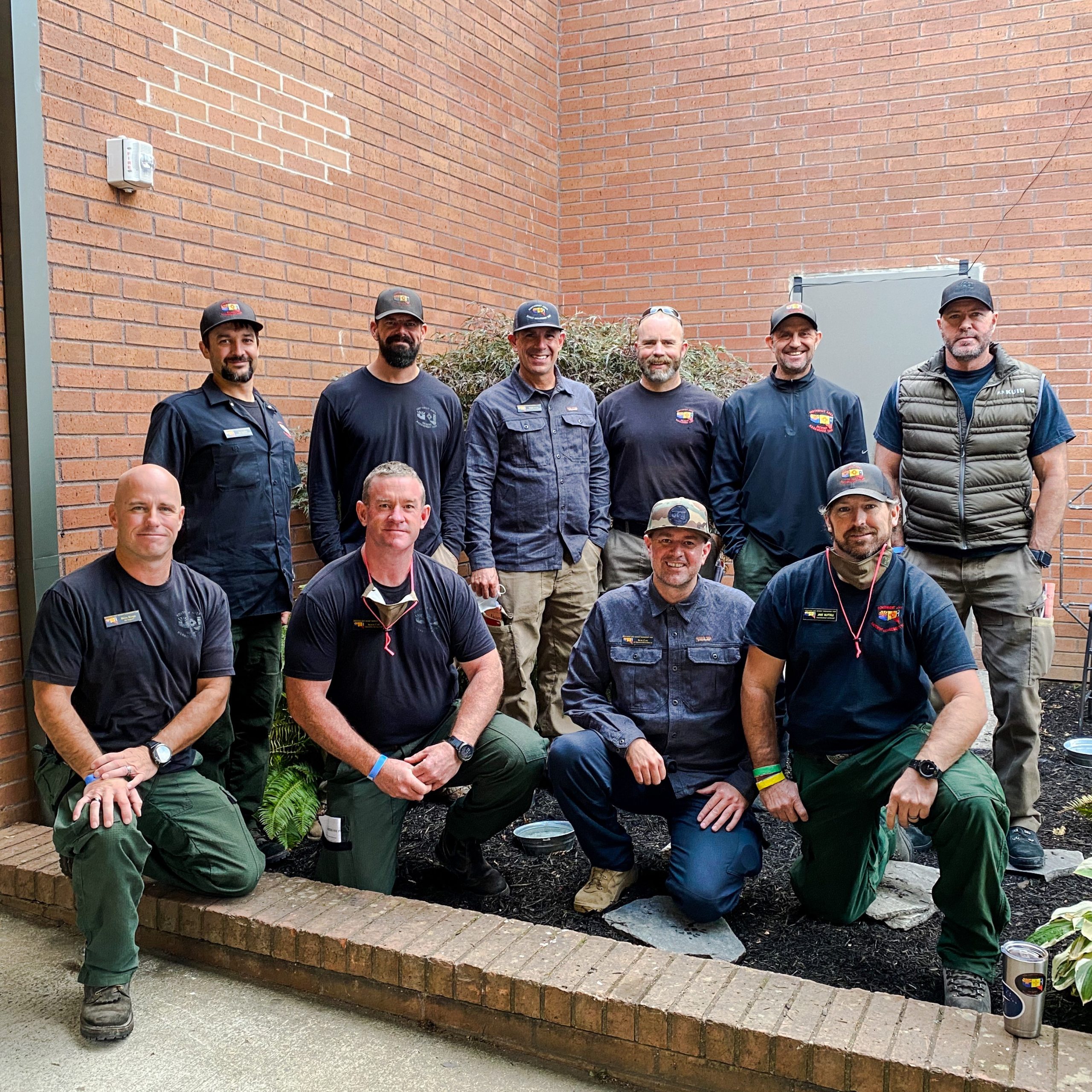
When designing a system from the ground up to coordinate responses to large-scale natural and man-made disasters, it is essential to establish a comprehensive framework that integrates all critical components of disaster management. This document outlines a detailed approach encompassing three primary areas: defining success criteria, identifying capability needs, and developing a robust process for evaluation and continuous improvement. Together, these components ensure a structured, adaptable, and scalable response system that can meet the challenges of diverse and evolving disaster scenarios.
The success criteria section establishes clear, measurable outcomes that define what an effective disaster response looks like. This includes metrics for operational efficiency, resource deployment, public safety, and community recovery. The system can align all efforts toward achieving the desired end state by setting these benchmarks.
The capability needs section identifies the personnel, infrastructure, equipment, and technology required to support the response system. This encompasses tangible assets, such as specialized equipment and facilities, and intangible assets, such as trained personnel and interoperable communication systems. A focus on adaptability and scalability ensures that the system can respond to incidents of varying complexity and scope.
Finally, the evaluation and improvement process provides a structured mechanism for assessing the system’s performance and implementing changes based on lessons learned. This includes after-action reviews, performance data analysis, and stakeholder feedback to ensure the system remains resilient and effective in an ever-changing environment.
While the specific content of each section will naturally evolve based on real-world applications, this framework serves as a foundational guide for developing a disaster response system that is both proactive and responsive. By addressing these areas comprehensively, the document illustrates how to build a system capable of navigating the complexities of large-scale disaster management.
-
- Define Success Criteria: Success in disaster response can be multi-dimensional. A system should focus not only on immediate relief but also on ensuring long-term recovery, resilience, and preparedness. Key success criteria may include:
- Speed of Response: The system must initiate immediate action within minutes to hours after a disaster, ensuring that aid is delivered swiftly to minimize loss of life and property damage.
- Coverage and Access: The system must ensure that all affected areas, including remote or underserved regions, receive timely support and resources.
- Interagency Coordination: Effective collaboration among government agencies, NGOs, the military, the private sector, and local organizations should be seamless, avoiding delays caused by jurisdictional confusion.
- Scalability and Flexibility: The system must be capable of scaling up and adapting to different types of disasters—whether natural or man-made—with varying levels of severity.
- Resiliency and Redundancy: The system must be resilient to disruptions (e.g., loss of infrastructure, communications, or transportation) and include redundancy in critical functions to ensure continuity.
- Public Trust and Engagement: The system should maintain a high level of transparency, involving the public in preparedness, response, and recovery efforts, which fosters trust and accountability.
- Resource Utilization Efficiency: Minimize resource wastage (financial, human, material) and ensure their optimal use in critical areas during a disaster.
- Long-Term Recovery and Adaptation: Beyond immediate response, the system should be equipped to support sustainable recovery efforts and facilitate community adaptation to mitigate future risks.
- Define Success Criteria: Success in disaster response can be multi-dimensional. A system should focus not only on immediate relief but also on ensuring long-term recovery, resilience, and preparedness. Key success criteria may include:
- Determine Capability Needs: An effective disaster response system must be grounded in thoroughly understanding the risks it is designed to address. This section begins with hazard identification and vulnerability mapping to assess the specific needs of at-risk areas. It then examines the critical capabilities required to respond to identified hazards, such as logistics, medical support, and engineering, ensuring the system is scalable and adaptable to various disaster scenarios.
-
-
- Hazard Identification: Catalog all types of potential hazards, including natural disasters like hurricanes, floods, and earthquakes, as well as man-made incidents such as terrorist attacks and industrial accidents.
- Vulnerability Mapping: Map regions according to their susceptibility to various types of disasters, considering factors like population density, critical infrastructure, and socio-economic conditions that may influence resilience.
- Impact Assessment: Estimate the potential effects on human life, infrastructure, the economy, and the environment for each hazard. This process helps identify the necessary capabilities, including logistics, medical support, engineering, etc.
- Define Key Response Capabilities: For a disaster response system to function effectively, it must integrate specific operational capabilities. This section outlines the essential components, such as logistics, medical response, search and rescue, communication systems, and public information management. It highlights the importance of ensuring these capabilities are interconnected, robust, and ready to deploy in a coordinated fashion during a crisis.
- Logistics and Supply Chain: Identify the needs for rapid transportation and distribution of goods (food, water, medical supplies, etc.). This includes warehousing, modes of transport (air, road, sea), and local distribution networks.
- Medical Response: Determine the level of medical support required (field hospitals, emergency medical teams, specialized care) for various disaster scenarios.
- Search and Rescue (SAR): Identify technical and human resource requirements for search and rescue operations, including equipment, trained personnel, and partnerships with local agencies.
- Communication Systems: Establish robust and redundant communication networks that function across various technologies (satellite, radio, cellular) to ensure effective coordination.
- Decision Support Systems: Implement real-time data collection and analytics tools (AI, GIS, predictive modeling) to guide decision-making, resource allocation, and risk assessment.
- Public Information Management: Develop capabilities for accurate and timely public messaging that influences behavior, addresses misinformation, and updates stakeholders.
- Security and Civil Order: Determine the capabilities for maintaining civil order, managing crowds, and securing disaster areas, especially in high-risk zones for looting or other criminal activities.
- Shelter and Relief Coordination: Outline the necessary capabilities for providing temporary shelters, managing refugee populations, and ensuring equitable distribution of relief materials.
- Technical and Non-Technical Skills for Incident Response Teams: The effectiveness of a disaster response system ultimately relies on the expertise of its personnel. This section distinguishes between technical skills, such as proficiency in advanced technologies and critical systems thinking, and non-technical skills, including adaptive leadership and teamwork. Both skill sets are essential for ensuring that response teams are well-prepared to manage complex and high-pressure situations effectively.
-
- Technical Skills
-
-
-
- Competence in Specific Functions: Each team member must be highly skilled in their specific function, whether it be logistics, medical response, search and rescue, or communication systems. This ensures that each aspect of the response is handled by experts who can perform their duties efficiently and effectively.
- Embracing Technology: Team members should be proficient in using advanced technologies such as AI, GIS, predictive modeling, and real-time data collection tools. This includes familiarity with decision support systems and communication networks that function across various technologies (satellite, radio, cellular).
- Continuous Improvement and Innovation: Individuals should have a mindset geared towards continuous improvement and innovation. This involves staying updated with the latest advancements in disaster response technologies and methodologies, and being open to adopting new tools and techniques.
- Critical Thinking and Systems Thinking: Team members must apply critical thinking and systems thinking to analyze complex situations, identify potential problems, and develop effective solutions. This includes understanding the interdependencies within the disaster response system and making informed decisions based on comprehensive analysis.
- Red Teaming and Design Thinking: Incorporating red teaming exercises and design thinking approaches helps in simulating potential adversarial actions and unforeseen events, thereby identifying vulnerabilities and improving strategic responses.
-
-
- Non-Technical Skills
-
-
-
- Adaptive Leadership: Leaders must be competent in adaptive leadership, which involves being flexible, responsive, and able to adjust strategies based on changing circumstances. They should possess the skills and disposition required for decentralized, mission command style leadership, empowering team members to make decisions in the field.
- Bias for Action and Risk Management: Team members should not be risk-averse but must apply critical thinking and be willing to suspend judgment when necessary. They should have a bias for action, making timely decisions to address immediate needs while managing risks effectively.
- Interpersonal Skills and Teamwork: Effective functioning as a team is crucial. This includes strong interpersonal skills, the ability to communicate clearly and collaborate with others, and the capacity to work cohesively towards common goals. Team members should be able to build trust, resolve conflicts, and support each other in high-pressure situations.
- Embracing Continuous Improvement: Just as with technical skills, non-technical skills also require a commitment to continuous improvement. This involves regular training, feedback loops, and learning from past experiences to enhance personal and team performance.
-
- Resource Allocation Framework: A disaster response system is only as strong as its ability to allocate resources efficiently and fairly. This section outlines strategies for maintaining an up-to-date inventory of resources, utilizing mutual aid agreements, and ensuring financial planning supports both immediate and long-term response efforts. A robust framework guarantees that resources are deployed to the right places at the right times with minimal waste.
- Resource Inventory: Maintain an updated near real-time inventory of available resources at the local, regional, and national levels. This includes personnel, equipment, supplies, and funding.
- Mutual Aid and Partnerships: Establish frameworks for international, regional, and interagency cooperation, facilitating the rapid mobilization of external resources.
- Financial Planning: Ensure that pre-allocated disaster funds are readily available and can quickly release funds for immediate and ongoing operations and that spending authorities and procurement processes support incident requirements.
- Evaluating System Effectiveness and Implementing Iterative Improvements: Continuous improvement is essential for maintaining an effective disaster response system. This section outlines how performance metrics, real-time monitoring, and after-action reviews can be utilized to evaluate system performance and identify gaps. It also emphasizes the significance of incorporating feedback from stakeholders and using technologies like AI and scenario testing to adapt to evolving conditions.
-
- Performance Metrics
-
-
-
- Response Time Analysis: Track the speed at which resources are deployed and the time it takes to reach affected areas. This includes both initial responses and ongoing support.
- Coverage Effectiveness: Measure the percentage of the affected population that receives aid within critical timeframes.
- Resource Utilization Rates: Monitor how effectively resources (personnel, equipment, supplies) are used in the field. Are they reaching the right individuals at the right time?
- Incident Management Feedback: Gather insights from field commanders, relief workers, and local agencies about system efficiency, bottlenecks, and obstacles encountered during operations.
- Cost Efficiency: Assess cost-effectiveness by comparing deployed resources to outcomes (lives saved, property damage mitigated, recovery timelines).
- Post-Disaster Health and Economic Outcomes: Evaluate longer-term effects such as public health recovery, economic recovery, and infrastructure rebuilding efforts.
-
-
- Real-Time Monitoring and Adjustment
-
-
-
- Data-Driven Insights: Utilize real-time monitoring tools (dashboards, live data feeds, drones, satellite imagery) to continually assess disaster zones and adjust resource allocation based on evolving needs.
- Scenario Testing and Simulations: Regularly conduct drills and simulations for various disaster scenarios to evaluate the system’s effectiveness. Use the data from these tests to refine the response protocols.
- Adaptation of AI and Automation: Leverage AI to anticipate changing disaster conditions and automate specific processes, such as supply chain management or threat assessment.
- Scenario Planning: Incorporate scenario planning to simulate potential adversarial actions and unforeseen events, thereby identifying vulnerabilities and improving strategic responses.
-
-
- Iterative Improvement Process
-
-
- After-Action Reviews (AARs): After every major disaster, conduct thorough AARs across all levels of the response system. Gather feedback from first responders, local government, NGOs, and affected communities.
- Gap Identification: Identify the differences between planned responses and actual outcomes. These differences can include logistical challenges, coordination inefficiencies, or capability shortfalls.
- Continuous Training and Development: Based on lessons learned from each disaster, update training programs for personnel, implement new technologies, and ensure the addition of new capabilities to the system.
- System Resilience Audits: Conduct regular audits of the system’s resilience, focusing on redundancy in communication networks, backup power systems, and the ability to rapidly deploy across various terrains.
- Iterative Policy and Procedure Updates: Every evaluation cycle should include policy updates and procedural revisions to reflect the latest insights, technology advancements, and real-world lessons from recent disaster responses.
- Community and Stakeholder Feedback: Engage local communities and stakeholders in feedback loops to ensure the response system aligns with their evolving needs and expectations.
-
- Implementing Changes: Even the most robust system must evolve to stay effective in a constantly changing environment. This section focuses on fostering agility, collaboration, and flexibility within the system. It highlights the significance of adopting innovative technologies, strengthening cross-sector partnerships, and updating policies to ensure the system remains responsive and resilient against new challenges.
- Agile Decision-Making: Foster a culture of agility where the system can adapt to new technologies, threats, and methodologies quickly without getting bogged down in bureaucratic processes.
- Cross-Sector Collaboration: Continuously strengthen partnerships with private sector innovators (e.g., logistics, AI, and medical companies) to adopt cutting-edge solutions.
- Flexible Policy Framework: Ensure policies governing the disaster response system are flexible enough to adapt to rapidly changing conditions but remain rigorous in their enforcement of critical safety and operational standards.
- Call to Action: By establishing clear success criteria, determining capabilities through a systematic risk assessment, and continuously evaluating and improving the system, we can build a dynamic, scalable, and effective disaster response framework that manages both natural and man-made disasters.
The rapidly evolving challenges of today’s world demand more than incremental adjustments to our incident response strategies—they require a fundamental transformation. It is our collective responsibility to ensure the systems we rely on are not only capable but adaptable and forward-thinking to meet the demands of an uncertain future.
The pace of change is accelerating, and with it comes new risks and opportunities. Our existing frameworks, while effective in the past, are no longer sufficient. We must move beyond the limitations of legacy systems and build solutions that are proactive, resilient, and designed to meet tomorrow’s challenges head-on.
This is a call to action for leaders, innovators, and decision-makers: Prioritize investment in forward-looking strategies, cultivate partnerships across sectors, and implement policies that strengthen our ability to respond to emerging threats. The urgency is clear – delays are no longer an option.
Now is the time to act. By taking decisive steps today, we can create a disaster response framework that not only addresses the complexities of the present but prepares us for the uncertainties of the future. Together, we can ensure a safer, more secure future for our nation.
Our success depends on it, and the stakes demand it.





